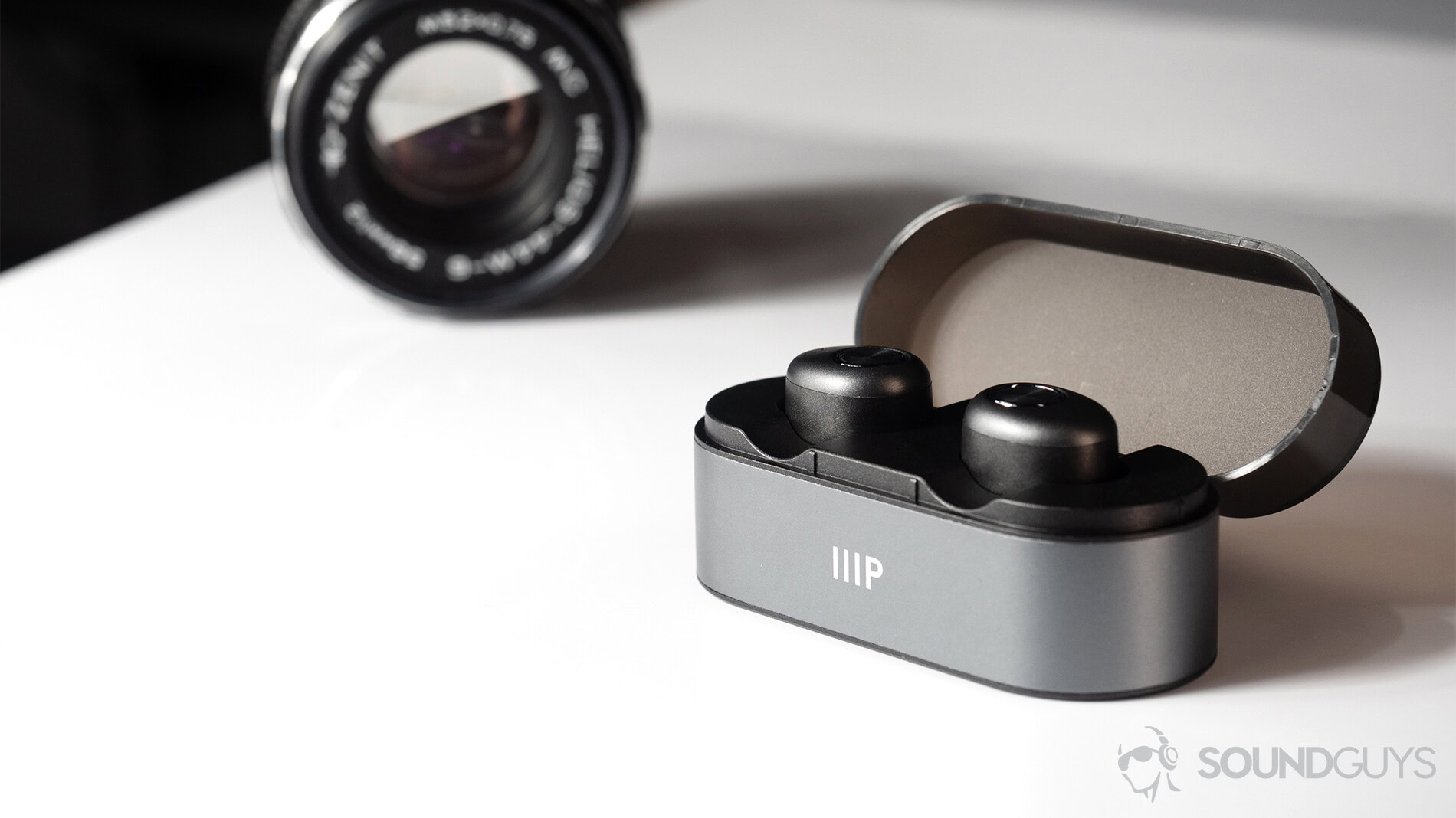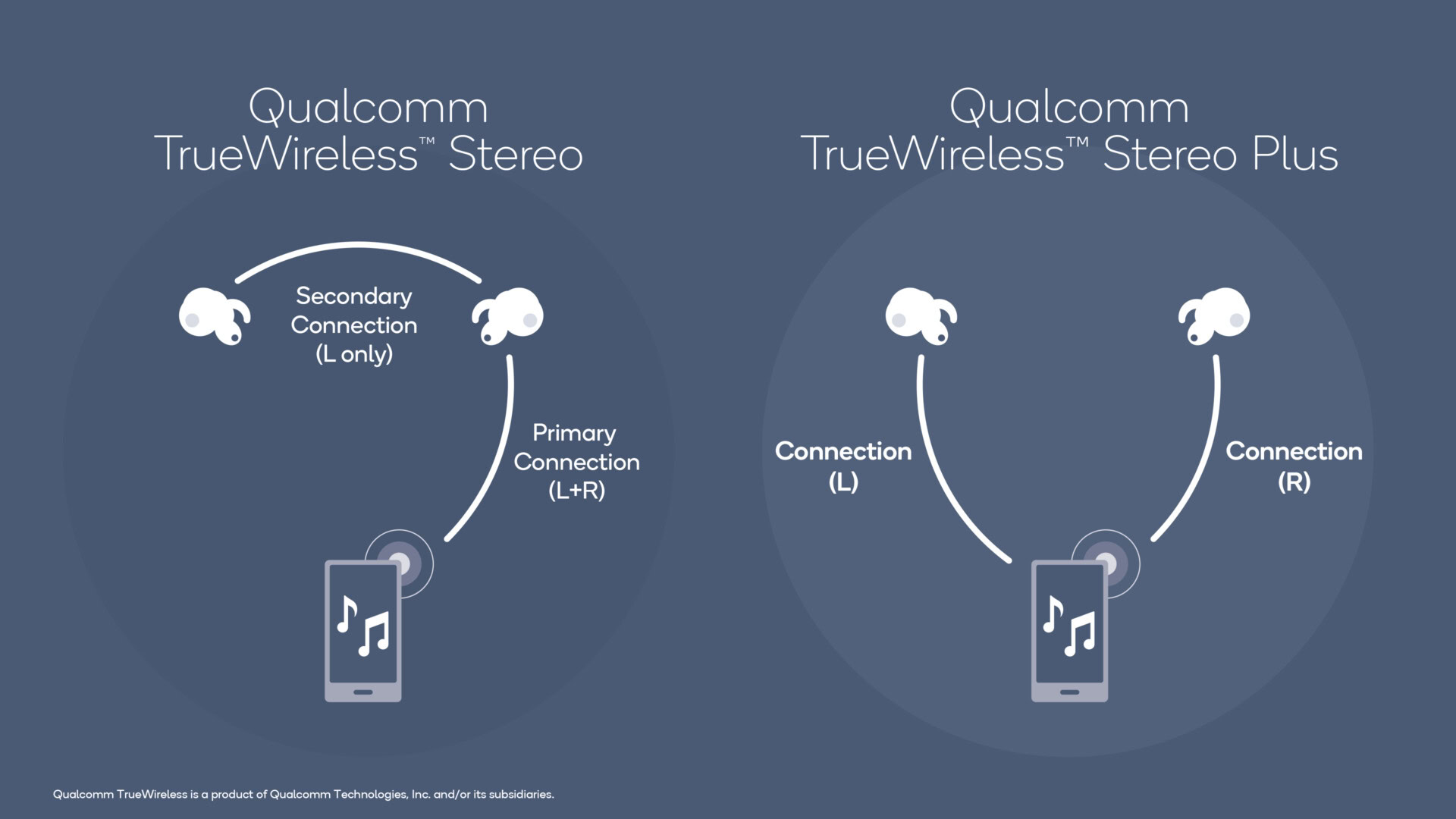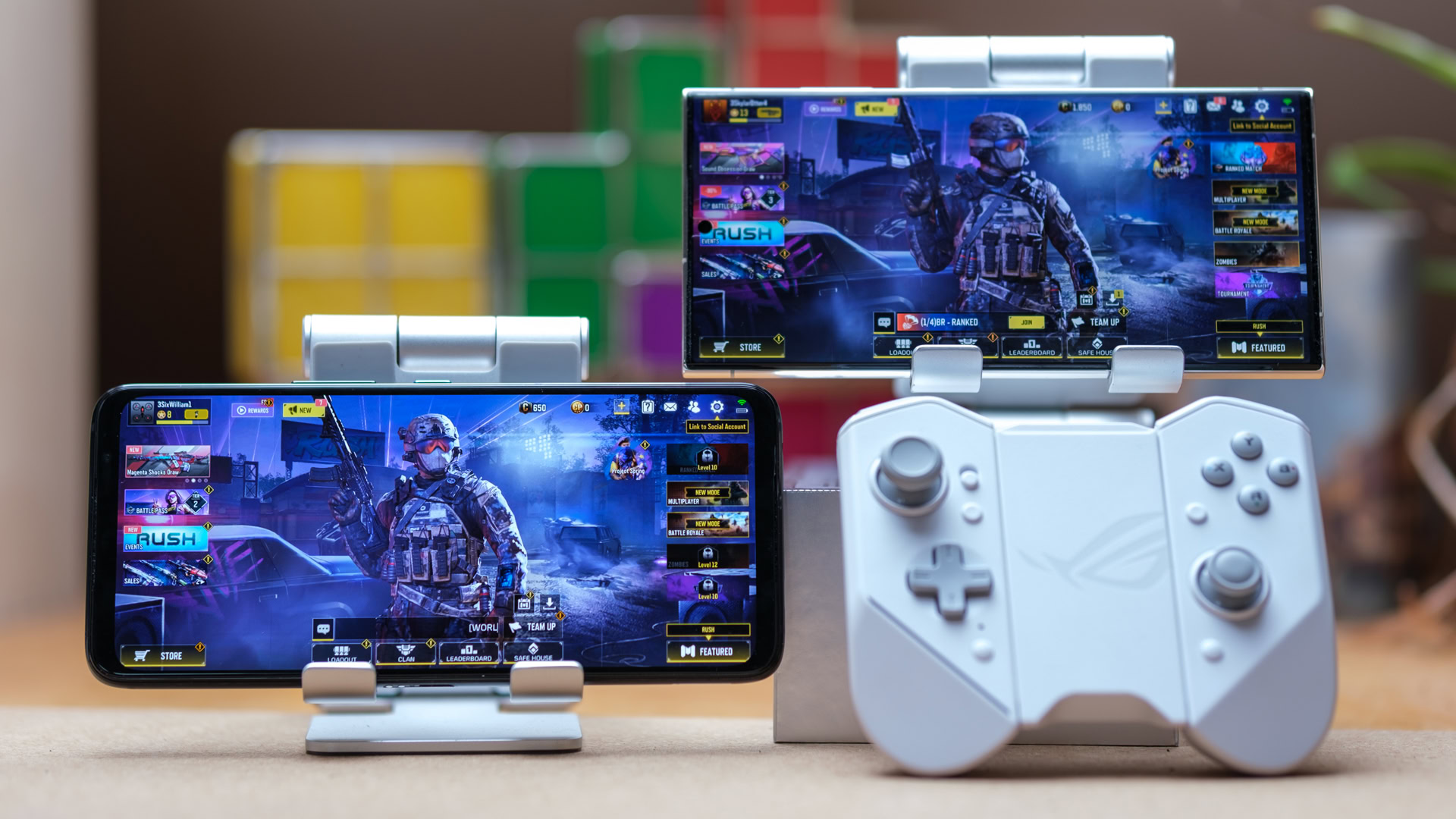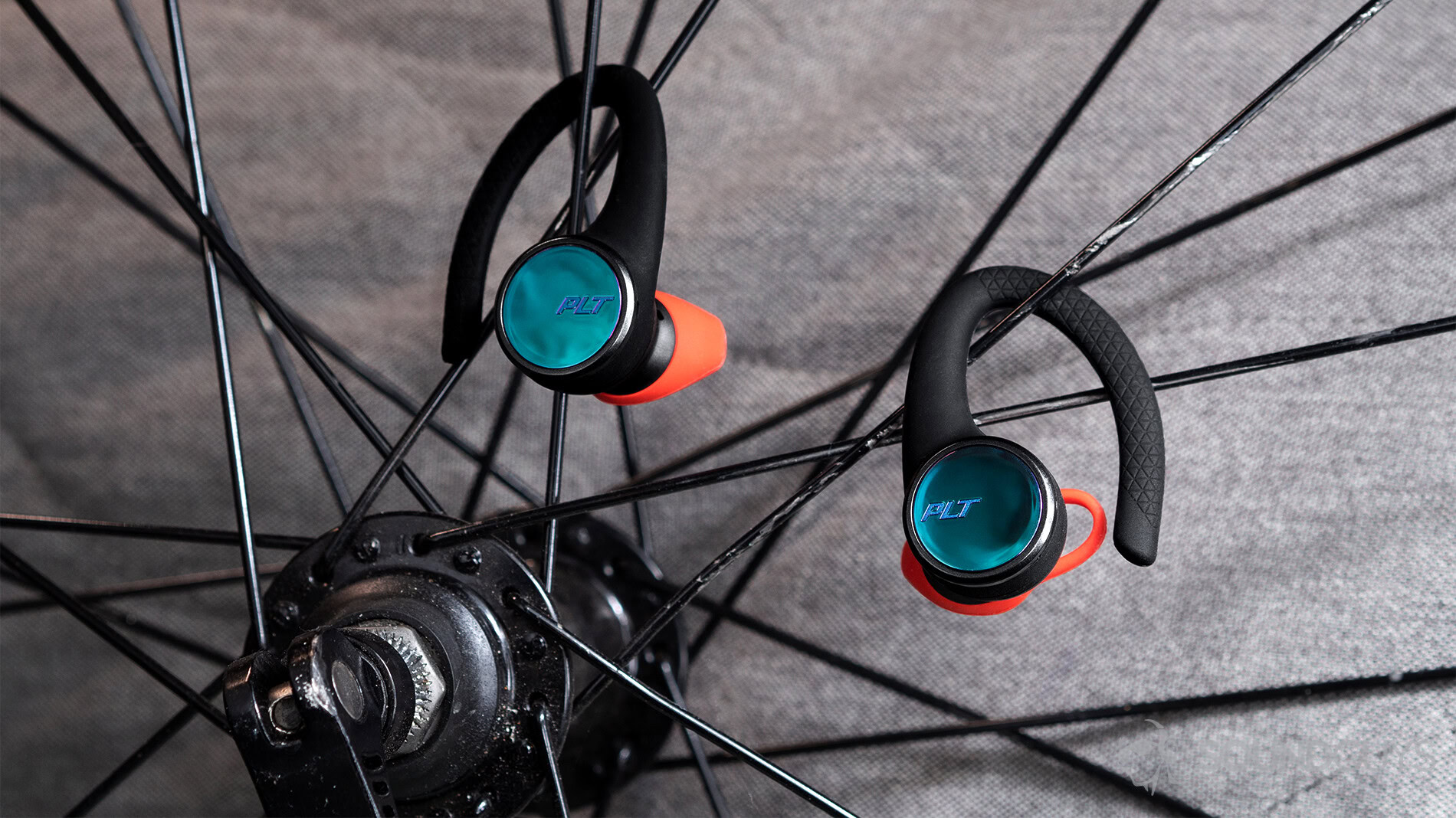Affiliate links on Android Authority may earn us a commission. Learn more.
True wireless connectivity sucks — here's why

In a perfect world, true wireless and USB Type-C earbuds would outperform their wired counterparts in all measures. As we’re well aware, though, we inhabit anything but a perfect world, especially as it pertains to USB Type-C headphones.
True wireless earbuds are starting to find their groove — they’re even becoming affordable now — but they’re still only as good as their connectivity. Unfortunately for most true wireless earbuds, it’s dubious at best.
The inner workings of true wireless earbuds

Similarly to typical wireless earbuds, true wireless earbuds receive a Bluetooth signal from your phone. Often, this transmission occurs over a 2.4GHz frequency and unlike traditional wireless earbuds — where each earbud receives the signal simultaneously — true wireless earbuds assign one earbud as the primary recipient which relays the data to the secondary earbud.

Not every pair of true wireless earbuds operates on this consecutive system. According to Earin CTO Olle the Earin M-2 operates differently.
“A 10MHz signal is transferred through the head, from ear to ear, via magnetic induction not around the head like the [Earin M-1],” said Linden.
In this instance, each earbud has its own antenna system. While this makes for a more reliable connection, it also makes for a more expensive product.
Then there’s Apple’s W1 chip, which provides an entirely streamlined wireless experience regardless of if the listener uses wireless earbuds or the company’s AirPods. The caveat, of course, is that the iPhone and headphones need to be compatible. What’s more, few earbuds and headphones use an integrated W1 chip as its part of Apple’s proprietary ecosystem.
Connectivity barriers

Now that we understand a bit more about how true wireless connectivity operates, let’s dig into the various barriers impeding connectivity:
- All sorts of things can be obstacles reducing transmission efficiency, from walls between your phone and the earbuds to even our own bodies. Increasing distance between a phone and a pair of wireless earbuds can also result in a dramatic drop in connectivity.
- 2.4GHz is a well-trafficked frequency and relaying media over it is comparable to trying to drive a 16-wheeler down a highway at rush hour. Since all wireless products — Wi-Fi included — operate on this same band, connectivity becomes especially unreliable in crowded spaces, like a gym or subway.
- Size limitations are restrictive, too. By nature, true wireless earbuds are compact, housing an impressive array of circuitry within a small area. It takes a lot of R&D money to manufacture something like the Earin M-2 we mentioned.
See the in-depth article at SoundGuys
If connectivity is so bad, should you even buy true wireless earbuds?

If you want to be on the cutting edge of audio development and don’t mind a substantial downgrade in audio quality, even with high-quality codec support compared to wired audio, then yes. Many of us who bought 2018 flagships need to figure out a solution to the disappearing headphone jack. True wireless is the lesser of two evils, since grasping for anything USB Type-C is a crapshoot.
Plus, although the technology isn’t perfect, there are still some great options like the RHA TrueConnect, which promptly auto-connects and disconnects from a phone when removed from or placed in the charging case. Those earbuds are also the best AirPods alternatives. If that’s too expensive for your budget, there’s also the JLab JBuds Air which costs less than $50. If you’re looking for something in between, the Anker Soundcore Liberty Air hits that value sweet spot.
If the option becomes available, we highly recommend investing in a smartphone with a headphone jack if audio quality is important to you. As illustrated by our Best of Android 2018: the best audio feature, there are plenty of perceptually perfect options out there aside from the LG V40. If you can swing it, those smartphones open your ears up to an endless world of dongle-free wired audio.